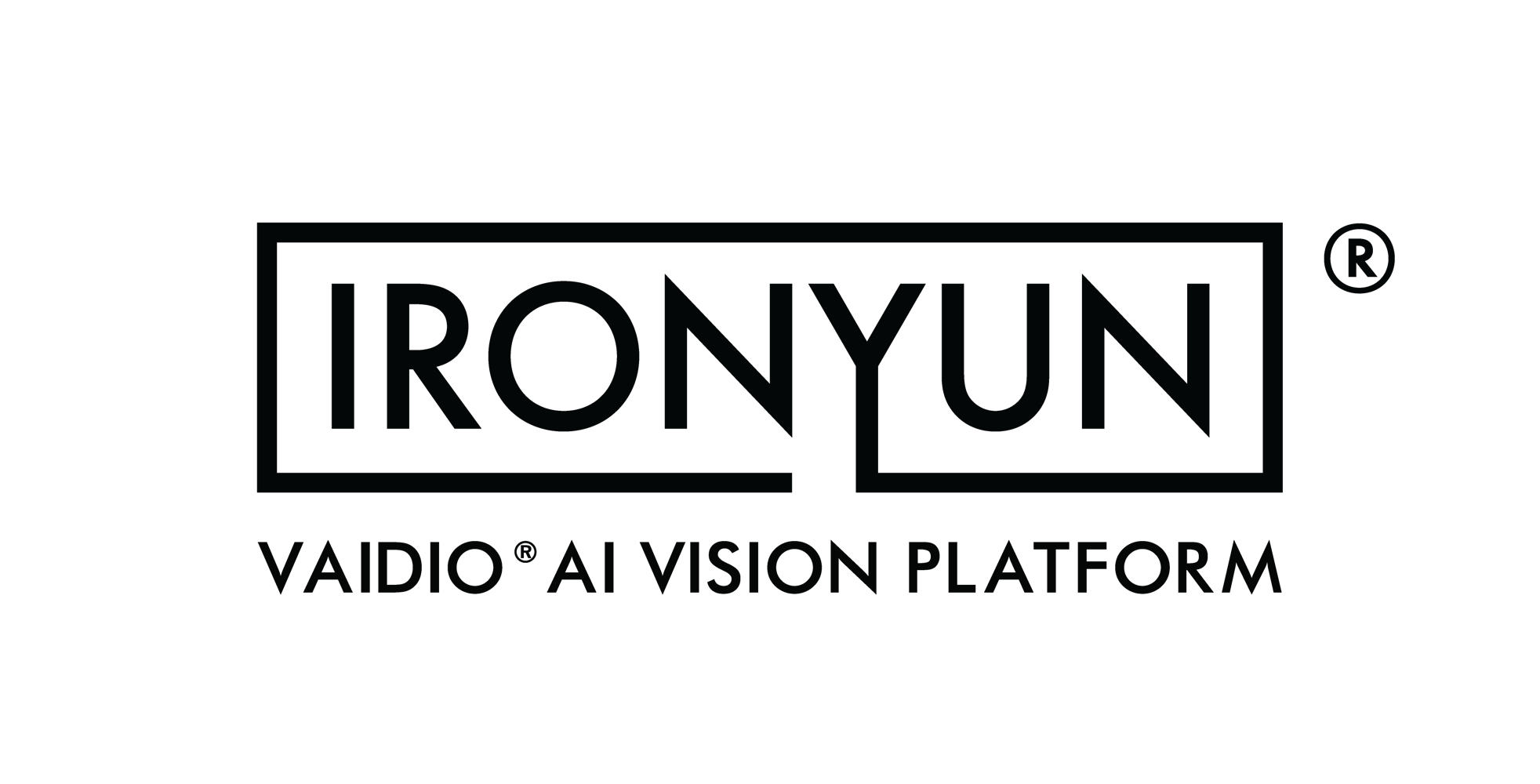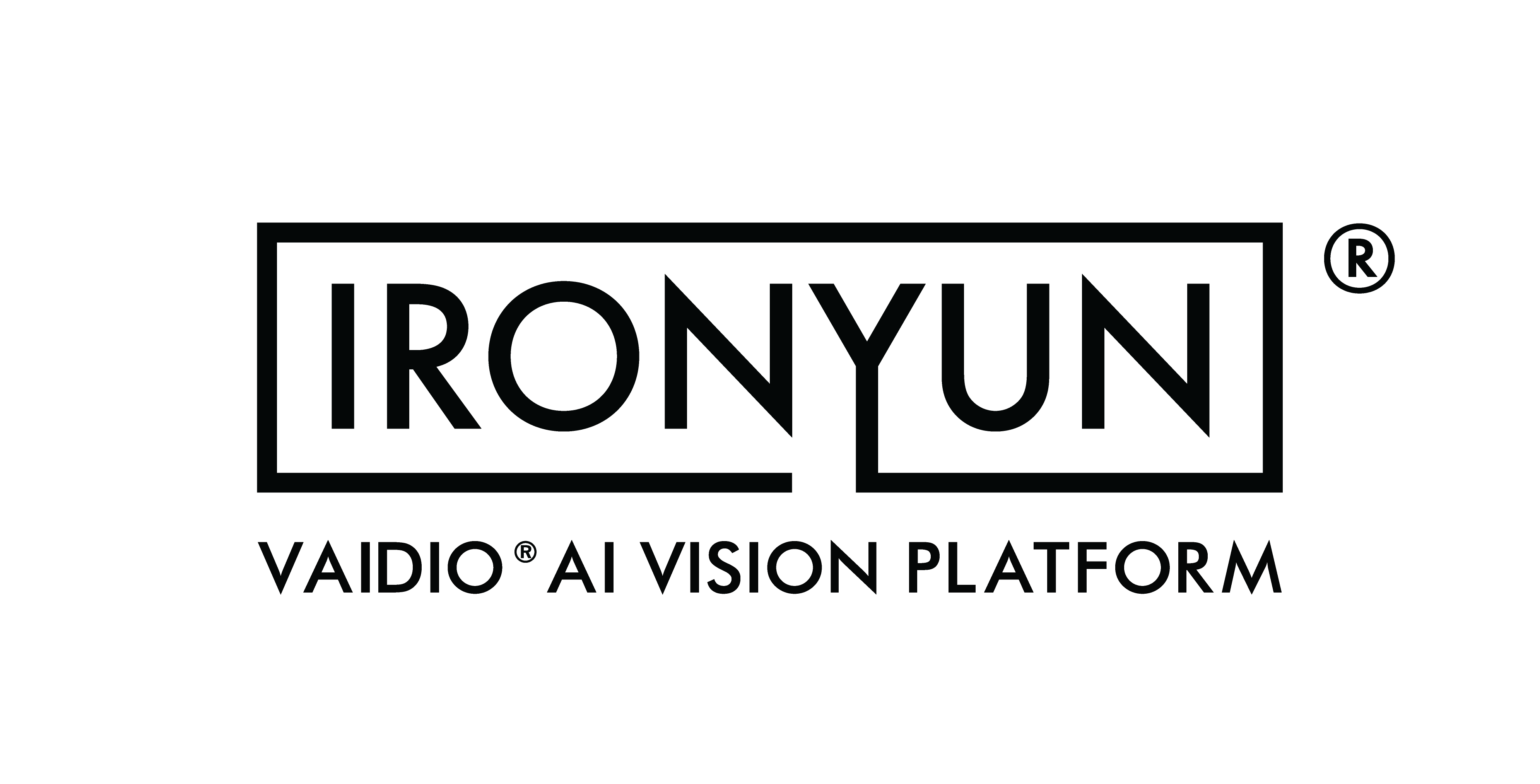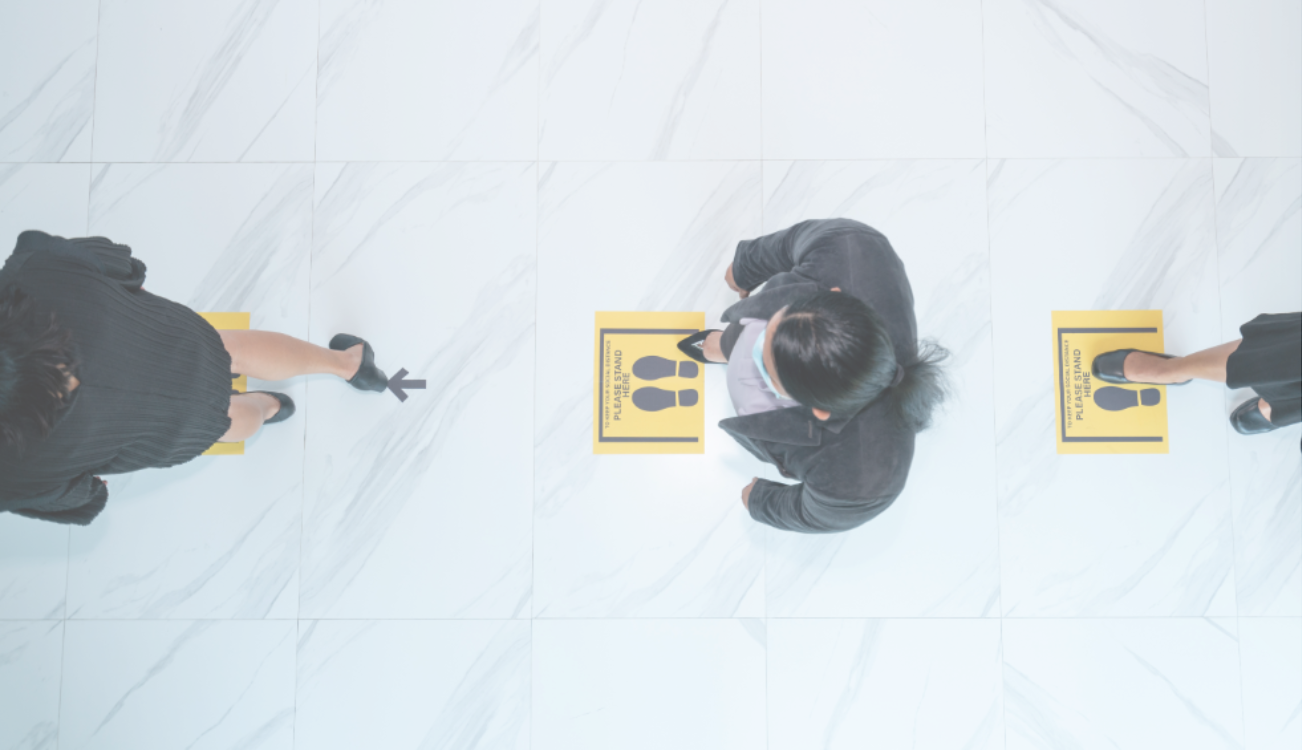
With the COVID-19 Omicron variant circulating widely, a return to pre-pandemic normalcy may be some time away. It continues to be important to adhere to public safety guidance. COVID-19 protocols such as wearing face masks, social distancing in public spaces like retail stores and healthcare facilities, and contact tracing to document compliance continue to contribute to public safety and health.
While companies and businesses worldwide are already coming up with plans to regulate the effects of the novel coronavirus as the world starts to reopen, video analytics solutions are already playing a massive role in terms of safety and security.
The most advanced video analytics systems use artificial intelligence and IP cameras to monitor public places, shopping centers, schools, healthcare facilities, event spaces and more. AI vision systems analyze video streams to help monitor distancing, temperature, occupancy, as well as objects, behaviors, conditions, and situations.
In the workplace and other public spaces, video analytics helps ensure compliance with mask-wearing and social distancing. In this article, we'll further explore how AI video analytics can help with COVID-19 compliance in both the business and public spheres.
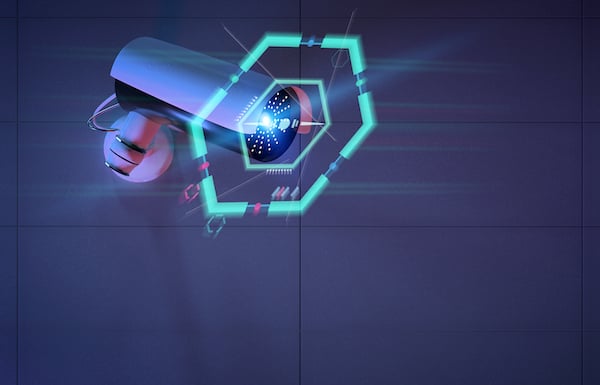
What Are Video Analytics Solutions, Exactly?
AI Video Analytics uses artificial intelligence to perform automated analysis on real-time video streams and stored video.
What Are Some Examples?
AI vision tends to focus on three types of analytic processing: Object Detection, Motion Detection, and Pattern Recognition.
Object detection helps recognize objects in real-time camera footage. Dozens of different objects can be tracked across multiple cameras, tagged for later forensic video search and incident investigation, and monitored for removal and for ‘object-left-behind’ scenarios. Weapon detection is a specialized form of object detection, but often, it is not enough just to recognize a weapon: advanced weapon recognition will also use behavior monitoring to distinguish between a guard’s holstered weapon and a weapon that is actively ready to fire.
Motion detection tracks the movement of objects and people in a scene. At the same time, pattern recognition looks for specific patterns or behaviors that may indicate unsafe conditions, criminal activity or other undesirable behavior.
Pattern recognition, has a wide range of applications in business and public safety, such as:
- Monitor for falls in social or hospital situations
- Alert on fighting at events or in public spaces
- Track the movement of people and things over time to look for suspicious behavior
- Count people and cars to monitor foot traffic
- Detect crowding and safety hazards
- Monitor for potential breaches of secure areas
- Check for compliance with social distancing protocols
- Monitor compliance with mask-wearing in healthcare facilities
AI video analytics are all interconnected and can be used together or separately, depending on business needs. With AI video analytics, guards no longer need to monitor surveillance footage manually. AI can monitor real-time video streams 24x7 with superhuman “awareness” and accuracy, alerting in real-time only when the situation warrants it, and freeing up human security personnel to respond more effectively and work more efficiently.
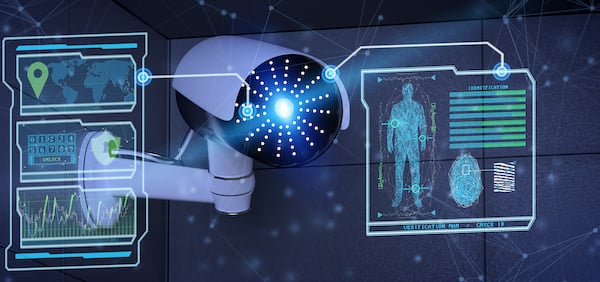
In What Ways Can AI Video Analytics Help With Covid-19 Compliance?
In terms of COVID-19 compliance, one of the most important applications for AI video analytics is contact tracing. Augmenting security cameras with AI-powered video analytics is an option worth considering – especially with existing camera and video management systems in place.
Many companies have already started implementing AI video analytics into their workflows and protocols not only for COVID-19 compliance but also because many companies want to protect their employees and customers from any possible threats that may arise in the future.
AI technologies can also come in various forms. Facial technologies that use artificial intelligence and video analytics to know human behavior better, including knowing what types of activities they are engaging in; facial recognition can also help thermal cameras zoom in on the forehead in order to increase temperature detection accuracy.
Some AI software solutions can track people as they move about a particular area. With facial, temperature, and pattern recognition, AI video analytics can be used to identify individuals who have been in contact with a person, for example, who was identified as having a high temperature.
Methods such as facial recognition technology in video surveillance and AI-powered video analytics can ensure compliance with COVID-19 protocols by monitoring and alerting on social distancing – helping people to maintain proper distancing; making sure facilities are aware of occupancy and occupancy thresholds; and mask wearing. This is all done with a higher level of accuracy and AI-enhanced ‘situational awareness’ – mitigating risk, improving compliance, and accelerating response times.
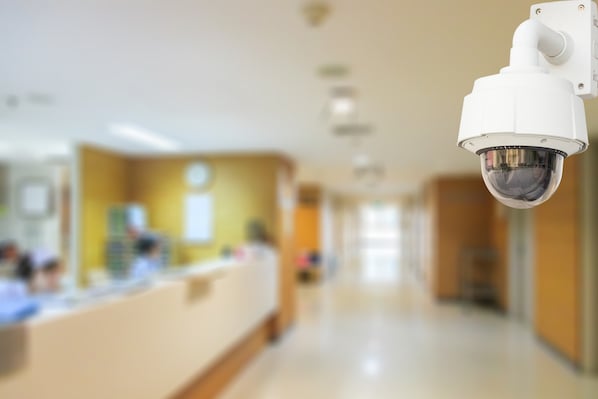
Places Where AI Video Analytics Can Be Used
Certain areas can benefit greatly from the incorporation of AI video analytics in order to help them stay covid compliant.
Healthcare facilities such as hospitals, nursing homes, clinics, and research laboratories can help track patients and staff for masks, and temperature. High temperatures or other potential trouble indicators can be flagged for follow-up or quarantine before they come in contact with anyone else. AI can also monitor for the proper personal protective equipment (PPE), such as face masks, gloves, and facility-appropriate scrubs or uniforms.
Professional sporting events are another area where it's necessary to be covid compliant. Ensuring fans keep a safe distance from one another is a daunting task. But AI video analytics can help make events safer for both fans and workers, monitoring for falls, loitering, fights, overcrowding, restricted areas, and more.
Malls, airports, train stations, and other public places where large groups of people tend to gather can also use AI video analytics for maintaining compliance levels.
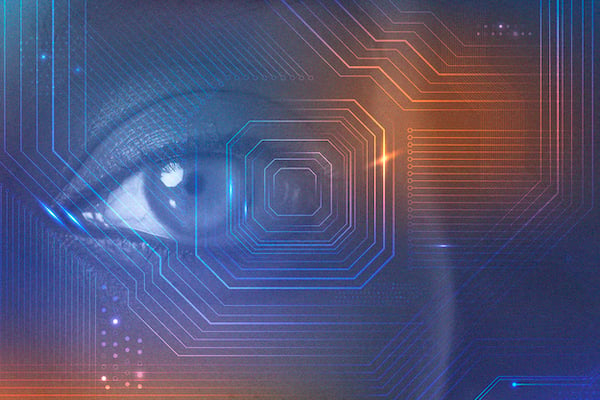
Additional Benefits of AI Integrations
Using AI video analytics with security cameras is crucial to managing video data to reduce the risk of exposure. Security staff can monitor video operations more effectively with improved accuracy and efficiency and enhance existing health protocols.
It is important to note that while many companies have already started implementing AI-powered video surveillance and analysis systems into their operations, including dealing with the COVID-19 crisis, the additional applications for AI vision – in manufacturing, hospitality, healthcare, transportation, logistics, and more – remain almost unbounded..
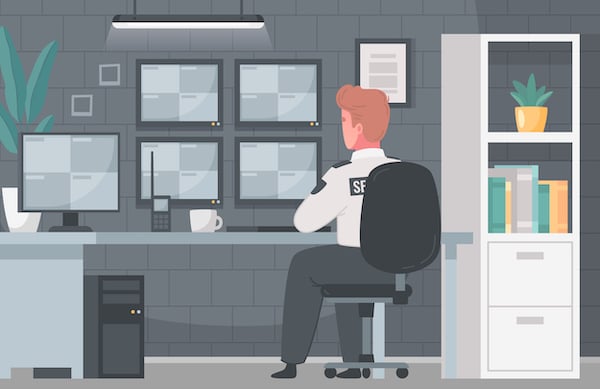
Positive Video Monitoring
The use of video analytics with security cameras is nothing new. The technology has been around for some time now. Advancements in AI Vision, however, have made it both more accurate and easier to use.
Concerns around privacy and bias in AI surveillance remain. But more and more, we are seeing video analytics and AI applied in positive ways that respect people's privacy while increasing security and strengthening health and safety protocols. The application of these technologies to mitigate risk, increase compliance, and improve safety, security, and efficiency must be balanced by respecting the technology’s limits and being mindful of privacy concerns.
Final Thoughts
Many companies have already started adding technological solutions into their business workflows and safety protocols not only for COVID-19 compliance but also to increase employee and customer safety and security.
We can also do our part as individuals. Vaccines, hygiene, masks, and distancing all have proven to be effective in mitigating pandemic risks to individuals and society. As we come to grips with the effects of this pandemic, it's important to remember that we're all in this together and that technology can be used as an ally to help us get through these challenging times.
